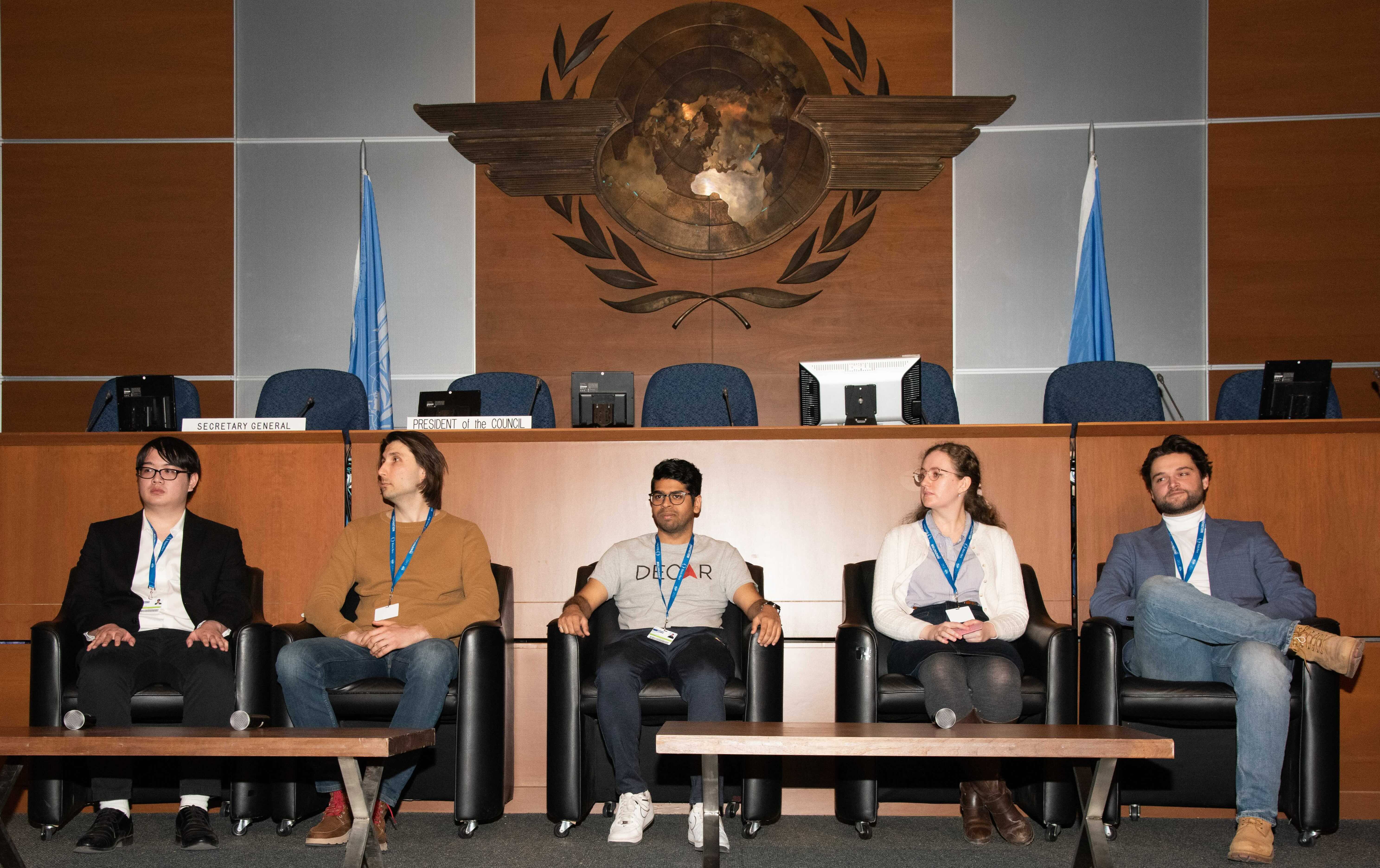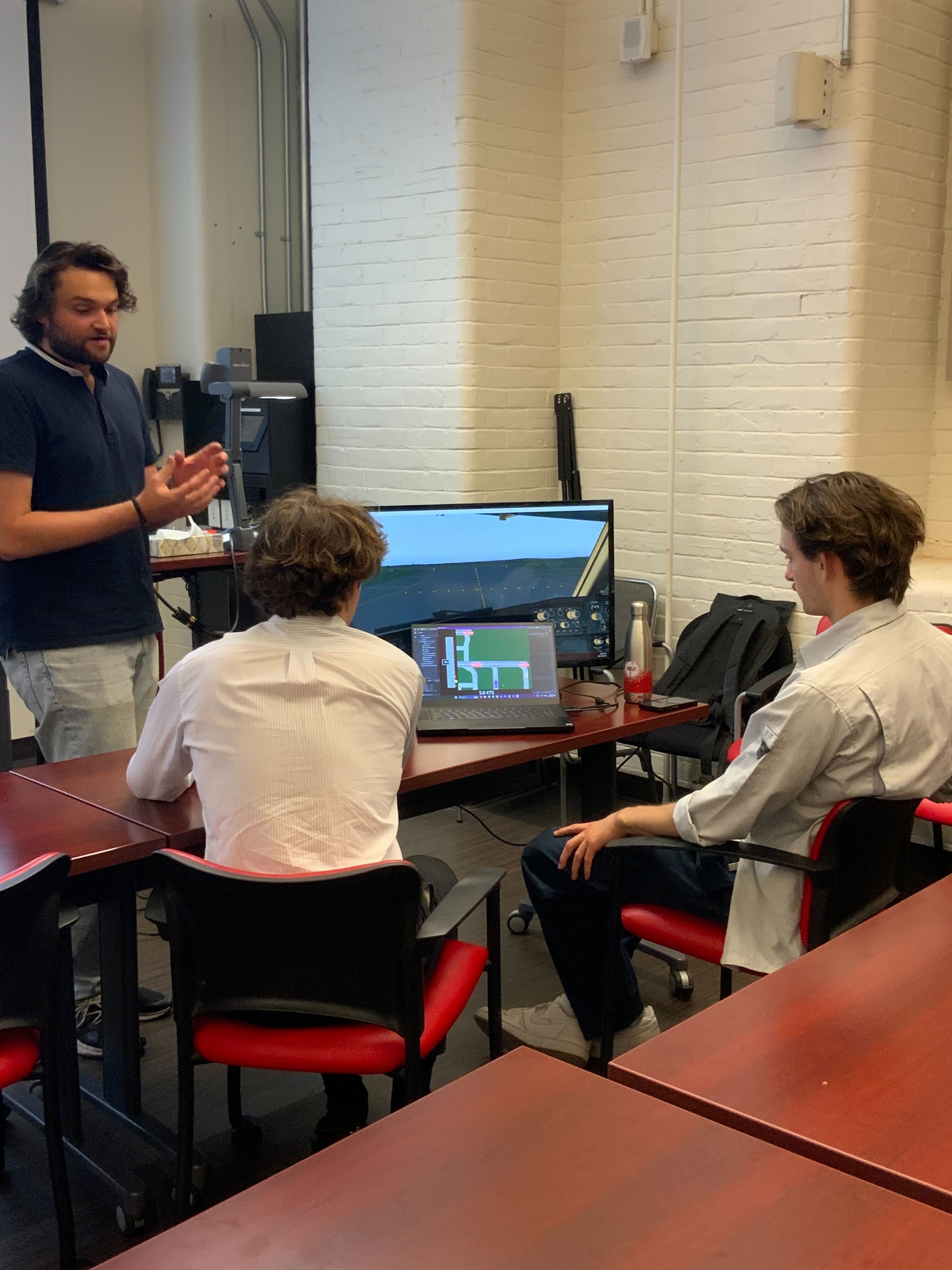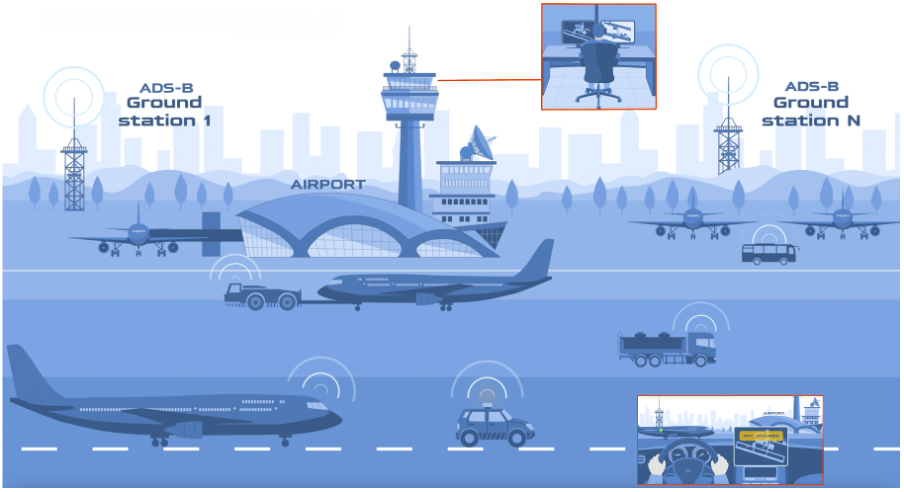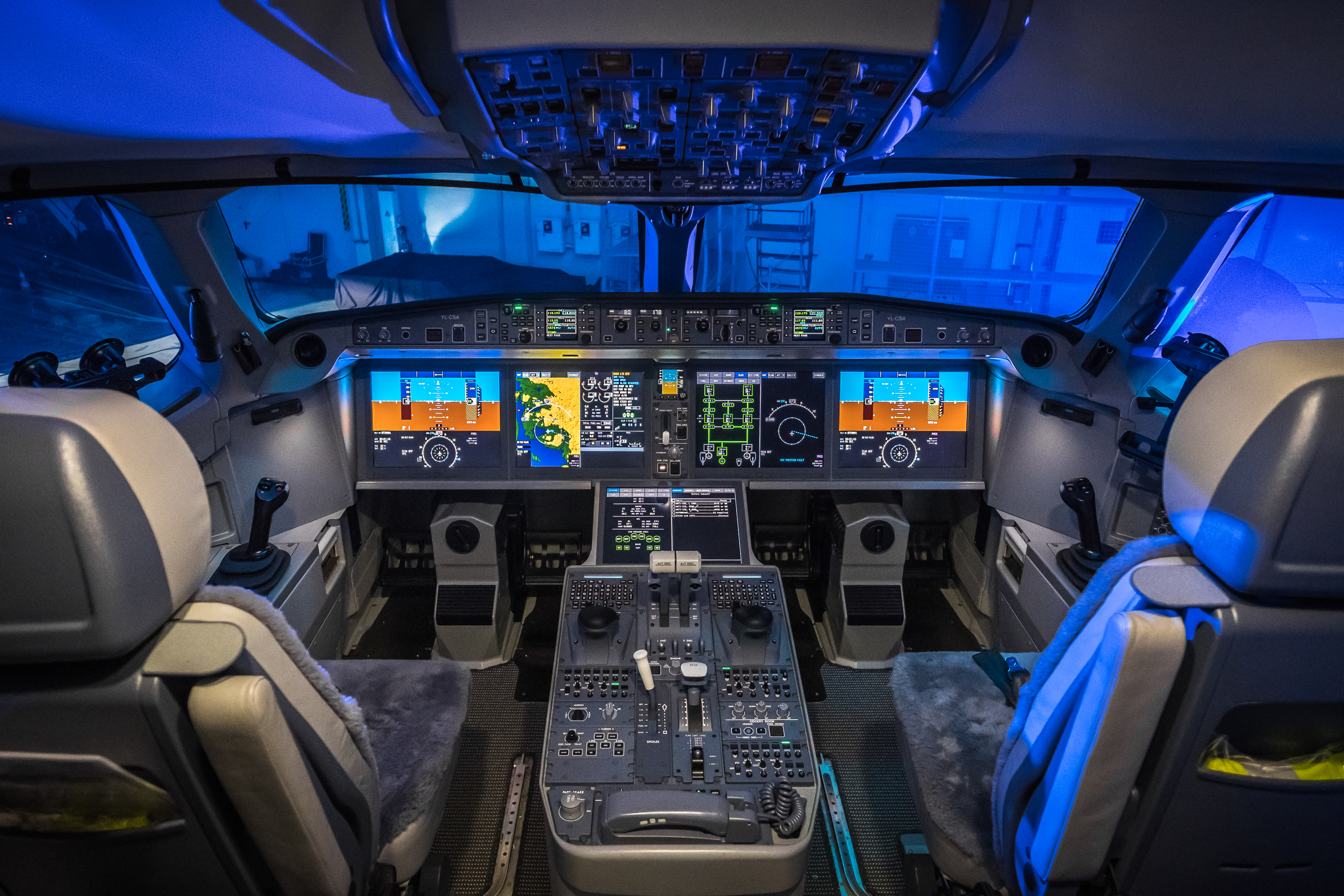ADvanced AIRspace Usability (ADAIR)

Gallery


ADvanced AIRspace Usability (ADAIR) Advanced airspace usability (ADAIR) is a joint research project between École Polytechnique Montreal, McGill University and Toronto Metropolitan University, with industrial partners Adacel, Bombardier, Thales Canada Inc., CMC Électronique, Marinvent Corp. and Presagis, to design the future of flight deck technologies.
If you’re interested in getting involved as a graduate student or post-doc, please get in touch!
The research being carried out is part of the roadmap defined by the International Civil Aviation Organization (ICAO) to cope with the expected growth in air traffic. We are focusing on topics that address the evolution of flight deck equipment and pilots’ tasks. Through our work on the themes described below, we are designing user interfaces and interactions to improve interface usability and enhance situational awareness of pilots in future airspace operations. Our goal is to create interfaces that deliver clear and transparent information, reduce cognitive load, and help pilots make informed decisions, while maintaining high levels of safety and efficiency. For all of these topics, we rely heavily on existing pilot expertise, both for concept exploration, and for design and evaluation of our prototype designs.
Data management and Communication

Modern aircraft presently use voice communication and text messaging systems to communicate information between air traffic controllers and pilots. Messaging systems in future cockpits will need to be compatible with next-generation flight paradigms, such as 4D Trajectory Based Operations and Single Pilot Operations.
We aim to develop a fully digital air-ground exchange platform that will enable the sharing of geo- and time-enabled information across all partners of the air traffic management network. This platform will establish Controller Pilot Data Link Communication (CPDLC) and Automatic Dependent Surveillance-Contract (ADS-C) as primary communication channels to allow more data from the ground to be fed directly to avionics, allowing higher capacities for automation. Use of such a data link (CPDLC) as the primary means of air-ground communication, along with improved graphical interfaces and user interactions, could reduce the risk of errors observed in voice communication related to clearance requests, with greater responsibility assigned to automation. This will radically change the way pilots and air traffic controllers (ATC) exchange information, especially in emergency or high workload situations.
Additional concepts being explored include using large language models (LLMs) to translate pilot speech to formatted messages, and combining messaging with other visual interfaces such as maps.
Trajectory Based Operations (TBO)

airport stbo 4D Trajectory Based Operations (TBO) is an advanced air traffic management concept that strategically coordinates flights using time-based methods, and facilitates data exchange between air and ground systems. It aims to optimize flight efficiency, and improve predictability and safety, by guiding aircraft along predetermined paths. TBO aims to integrate advanced communication protocols, data sharing and decision support tools into current air traffic management systems. It makes use of time constraints associated with Required Time of Arrival (RTA), whether in the air, or on the ground (Surface Trajectory Based Operations, or STBO), the latter at intersections or runway crossings, to mitigate airport congestion problems. In the long term, this concept will involve the specification of aircraft position at every instant of time, i.e., full 4-dimensional trajectories.
Under TBO, flight or taxiing speed is no longer a choice for the pilots, who must instead follow the target speed associated with the 4-dimensional trajectory unless they determine that an RTA cannot be met. This entails a significant change from current operations, and introduces additional workload for the flight crew. We are currently designing interfaces to help pilots comply with the RTA. For in-flight situations, this involves new widgets on the navigation display to improve pilots’ awareness of time constraints, in addition to presenting the aircraft’s current and future location. These widgets should enable pilots to determine which parameters need to be adjusted to comply with the RTA, and to correct any deviations. For STBO, we are investigating guidance systems in the form of enhanced airport moving maps to allow the flight crew to taxi safely, with minimal additional workload, while preserving, and ideally enhancing, their situational awareness, allowing them to anticipate key elements of taxi and to make good decisions in the case of an unplanned event.
Flight Deck

AirBaltic Bombardier CS300
Licensed under the Creative Commons Attribution 2.0 Generic license. The activities described in the previous sections all end up integrated within interfaces in the cockpit. In addition, the future flight deck is likely to evolve towards Reduced-Crew Operations (RCO) or Single-Pilot Operations (SPO) in which pilots will have to take on new roles and perform new tasks. For example, a single pilot cannot at present safely manage all of the necessary operations during heavy workload phases (take-off, approach, and landing). We are therefore investigating a new design paradigm of the flight deck, emphasizing the role of autonomous interactive systems required to support a single pilot in safely managing these operations, during any of normal, abnormal and emergency situations.
We are particularly interested in the choice of automation and interface design best suited to address the last two of these situations. In this regard, we note that the European Union Aviation Safety Agency proposes natural language interactions to enable bilateral communication, one of the key elements of human-autonomy teaming between the pilot and the autonomous system. As such, we are comparing natural language interactions with touch-based interaction for pilots and autonomous systems to co-define strategies, perform joint decision-making, and carry out recovery actions during the resolution of in-flight failures, in which the pilot must perform checklists while flying the aircraft, communicating, and monitoring the autonomous system, which is performing recovery actions.